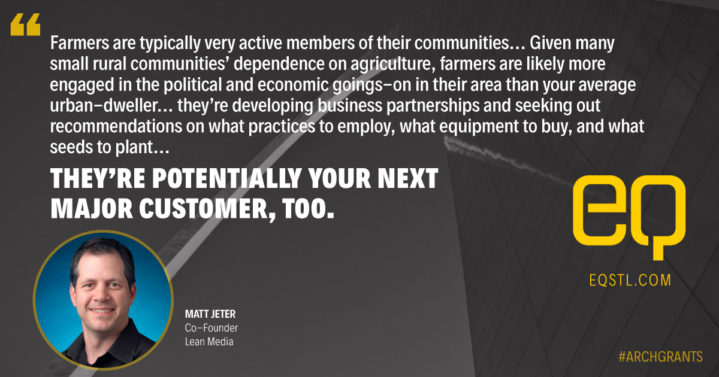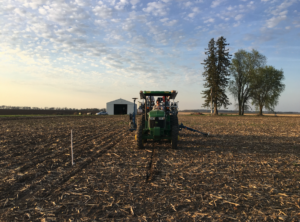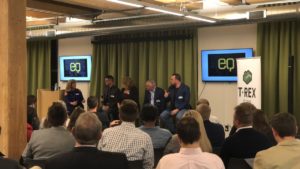
Farmers Aren’t Just the Backbone of America. They’re People Too.
Today's modern farmers are social, informed, and online. If you don't already know this, your ag business is likely missing out on some major marketing opportunities.

Writing by Lean Media. Matt Jeter is the co-founder and COO of Lean Media Inc., a programmatic advertising company specializing in agriculture and rural audiences. With over 15 years of experience in digital marketing and advertising, Matt leads innovation and operations with a passion for building a core values based company.
Everyone from advertisers to food security experts would do well to remember that farmers are people — just like the rest of us. They browse the internet, worry about their kids and their parents, listen to music, and watch TV. And for those of us in advertising or the agriculture industry (ag) who want to market to these modern farmers, our outdated assumptions could cost us some serious business.

Farmers Have Lives Outside of Work
People tend to think farmers lead solitary lives, spending practically all of their time on the farm with their families. It’s true that working a farm requires hours and hours of attention each day, but that doesn’t mean the people who work there are hermits who never set foot off their own property. On the contrary, farmers are typically very active members of their communities.
As a blog post from the Illinois Corn Growers Association points out, farming is a job that allows you to set your own hours. That means farmers can leave work if they want to see their granddaughter’s piano recital or participate in a town hall meeting. Given many small rural communities’ dependence on agriculture, farmers are likely more engaged in the political and economic goings-on in their area than your average urban-dweller.
What’s more, people in the agriculture industry talk to each other…a lot. Among other things, they’re developing business partnerships and seeking out recommendations on what practices to employ, what equipment to buy, and what seeds to plant. And like any of us, farmers look to one another for friendship, support, and even love.
Farmers Are Highly Informed
It isn’t just local news that affects farmers’ daily lives and livelihoods — global economic trends can have a huge impact on a farm’s bottom line. Stock prices for certain crops or raw materials can influence a decision to plant more of one crop and less of another, for example. As a result, one missed news story can make the difference between a bumper crop and bankruptcy.
Add it all up, and you can see why farmers are so tuned into national and even international news and trends. It’s their business.
Farmers Are Online
Another assumption many people make about farmers and rural communities is that they’re behind the times when it comes to technology and media consumption. For example, a lot of advertisers aiming to reach rural and ag markets invest in traditional channels like radio or billboards while completely ignoring digital advertising channels.
When you consider the data, that’s a massive mistake.
40% of active farmers are currently on Facebook — and Twitter is quickly catching up, as more than one in four farmers (26%) aged 35-46 use the microblogging platform regularly, as do one in five farmers under the age of 35.
It’s not just about being social online; farmers need to be plugged in. Sure enough, internet access in rural areas jumped from 57% in 2007 to 70% in 2012 — and we can assume that this percentage is far larger today.
What This Means for Ag Marketers
In the ag marketing space, these common misconceptions of the farming community do more than make us look patronizing or ill-informed — they lead us to miss major business opportunities.
So how do we close the gap between these misconceptions and the reality of what modern farming really is?
We start by listening to farming communities and acknowledging their needs. We ask them about their relationships to technology, the kinds of innovation that they would adopt, and why those innovations would interest them. We listen to what drives them and what keeps them up at night. And we ask them what they want to read online.
After all, farmers aren’t just people. They’re potentially your next major customer, too.










